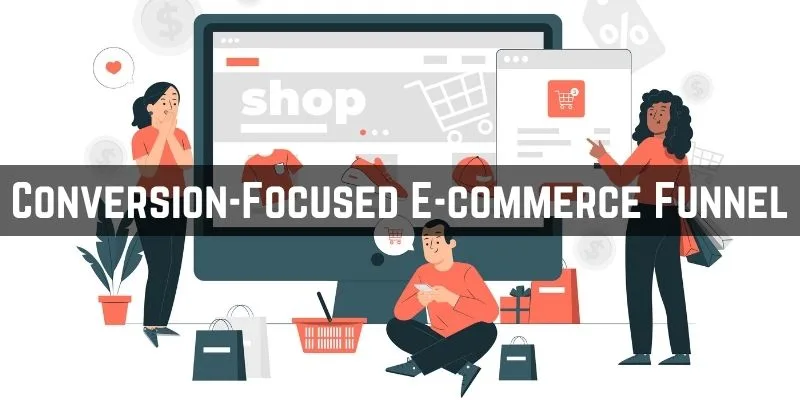Creating a seamless e-commerce sales funnel is crucial for turning visitors into loyal customers. Whether you’re a business owner or someone enrolled in a Digital Marketing Course in Kolkata at FITA Academy, understanding how to structure an effective funnel is a vital skill. A well-structured funnel not only improves your conversion rates but also enhances user experience, boosts customer retention, and increases average order value. Here’s how to build a conversion-focused e-commerce funnel that drives real results.
Understanding the E-commerce Funnel
An e-commerce funnel represents the path that a potential customer follows from the time they first learn about your brand until they finalize a purchase. It typically includes four main stages: awareness, consideration, decision, and retention. Each stage requires different marketing tactics to move users closer to conversion.
Stage 1: Driving Awareness
At the upper section of the funnel, your main objective is to draw in visitors. This is the point where digital marketing is crucial. Focus on strategies that boost visibility and generate interest, such as:
- Search engine optimization (SEO): Target high-volume, low-competition keywords related to your niche.
- Social media marketing: Create engaging content on platforms where your audience spends time.
- Paid ads: Use platforms like Google Ads or Meta Ads to reach a broader audience quickly.
Your messaging here should highlight problems your products solve and build curiosity around your brand. If you are learning through a Digital Marketing Course in Delhi, you will know that avoiding hard selling at this stage is important because your aim is to educate and capture attention.
Stage 2: Nurturing Consideration
Once you’ve attracted visitors, the next step is nurturing their interest. This stage involves helping users evaluate your offerings. Focus on building trust and showcasing value. Key tactics include:
- Product pages optimized for conversion: Use high-quality images, clear descriptions, and customer reviews.
- Email marketing: Capture emails using lead magnets or exit-intent popups and send targeted sequences.
- Remarketing campaigns: Re-engage site visitors with personalized ads based on their browsing behavior.
Make the decision-making process easier by answering questions, offering social proof, and addressing objections.
Stage 3: Encouraging Decisions
At the decision stage, your goal is to convert interested users into paying customers. Reduce friction and motivate purchases with the following strategies:
- Clear call-to-actions (CTAs): Buttons like “Buy Now” or “Add to Cart” should stand out visually.
- Limited-time offers: Create urgency with countdowns, flash sales, or free shipping thresholds.
- Simplified checkout process: Minimize steps, offer guest checkout, and ensure mobile optimization.
Also, consider using abandoned cart emails to recover potential lost sales. If you have explored Digital Marketing Courses in Bangalore, you’ll understand that timing and personalization are key to getting users back.
Stage 4: Retaining Customers
The funnel doesn’t end after the first purchase. In fact, repeat customers often have higher lifetime value than first-time buyers. Focus on retention by:
- Post-purchase emails: Send thank-you messages, order updates, and product care tips.
- Loyalty programs: Offer rewards for referrals, repeat purchases, or social media engagement.
- Personalized recommendations: Use customer data to suggest complementary products or restock reminders.
A strong retention strategy builds brand loyalty and turns customers into advocates, driving more organic traffic through word-of-mouth.
Optimizing Your Funnel for Higher Conversions
Building an e-commerce funnel is not a one-time setup. It requires ongoing testing and optimization. Monitor your analytics to identify drop-off points and areas where users lose interest. Test different headlines, CTAs, page layouts, and ad creatives to improve performance at each stage.
Additionally, segment your audience based on behavior, preferences, and purchase history. Tailored messaging increases relevance and boosts conversion rates.
A conversion-focused e-commerce funnel is essential for any brand looking to scale in a competitive digital market. Whether you are training through a Digital Marketing Course in Chandigarh or managing a business, understanding each stage of the customer journey and aligning your marketing efforts accordingly will help you guide users smoothly from discovery to purchase and beyond. Focus on value, clarity, and user experience to create a funnel that not only converts but also retains customers for the long term.
Also check: How Can Businesses Achieve Brand Consistency?
